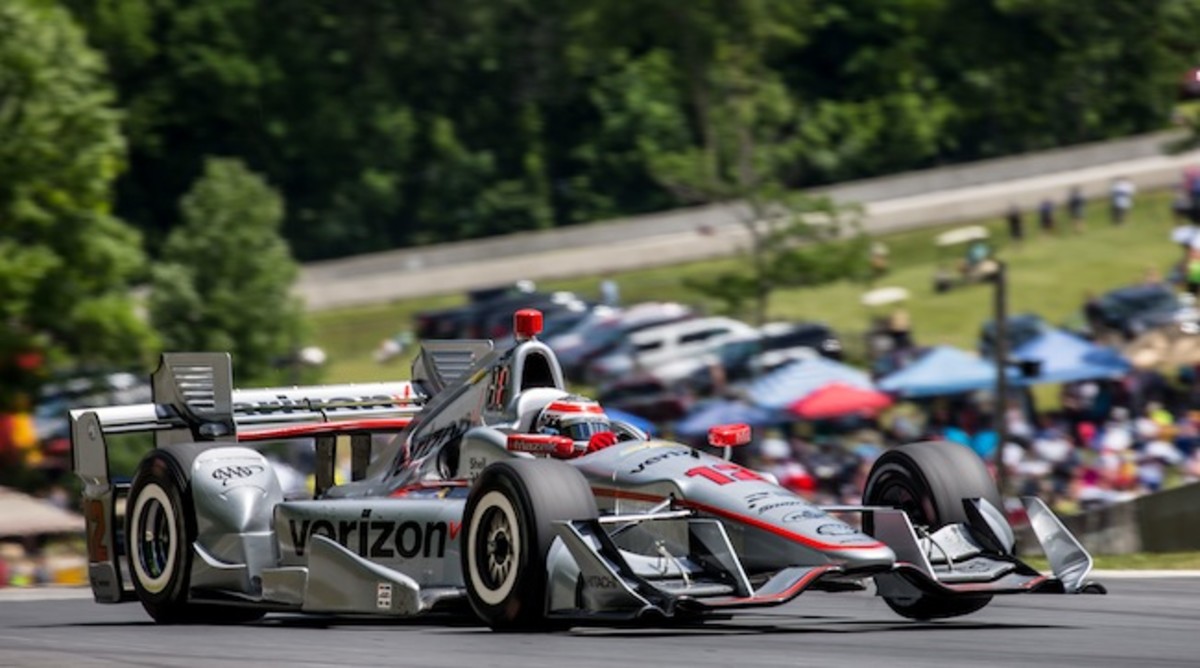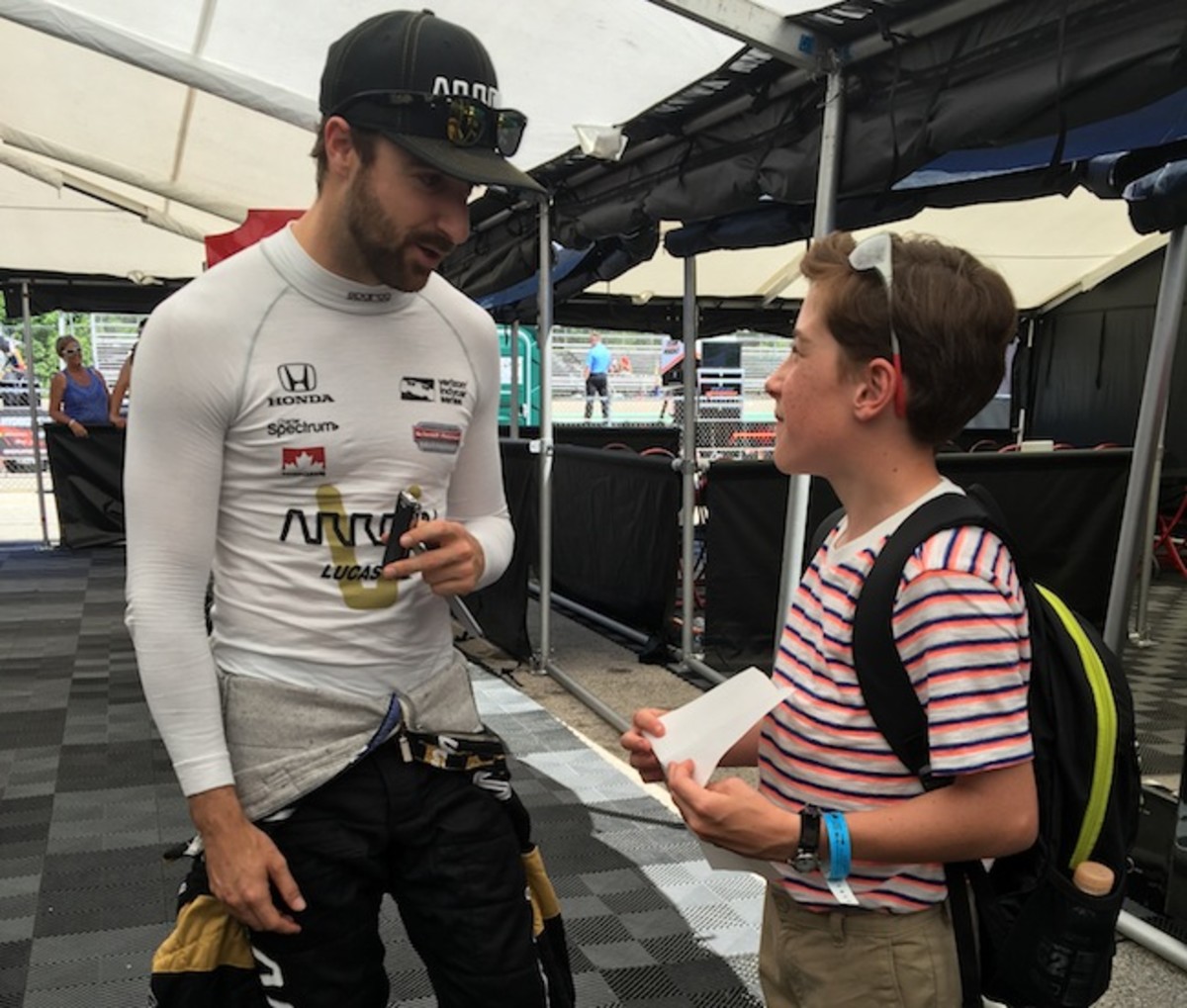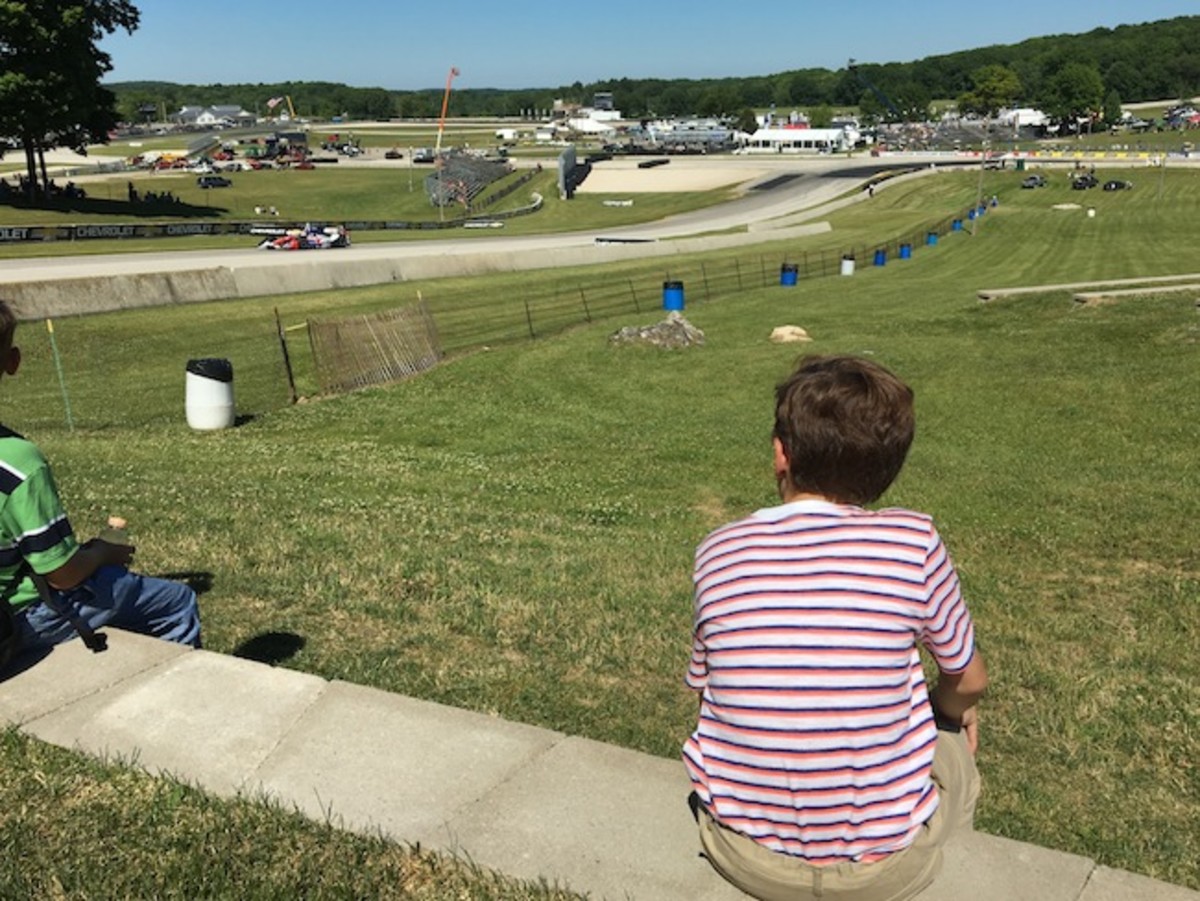IndyCar's Return to Wisconsin's Road America Highlighted Drivers' Dexterity


Hidden in the hills and woods of tiny Elkhart Lake, Wisconsin, just an hour north of Milwaukee, lies one of the most unique and beautiful sports venues. It’s not a new billion-dollar arena or a stadium with a football-field-sized jumbotron. It’s a racecourse called Road America that was built in 1950 but looks like it was made along with the landscape that surrounds it.
Road America is busy every week with different racing series and types of auto sports, but the big news this year was the return of the IndyCar Series to the circuit after an eight-year absence.
On June 26, Will Power won the 2016 Kohler Grand Prix with dominant driving. Road America was filled with the largest attendance in track history to watch IndyCar’s best take on famous turns like the Kink and the Carousel. The drivers took the straightaways at about 200 miles per hour.
“The track design at Road America is so unique,” said IndyCar driver James Hinchcliffe. “It is just flowing with the natural rolls in the hills here, and the long straightaways and big break zones are really fun for us and make for good racing. You have challenging, fast corners like the Carousel and the Kink, and it’s a great engineering challenge and driving challenge.”
Getting On Track
One of the main challenges during the 16-race IndyCar season, in addition to driving a car at speeds of up to about 240 mph, is that drivers must master two types of tracks. Two weeks after Elkhart Lake, for example, the series raced on an oval track at Iowa Speedway.
“The cool thing with IndyCar is you have to be good at both road and ovals to be a championship contender,” said IndyCar driver Josef Newgarden. “Both courses are challenging, and I like going back and forth between the two.”
On the 2016 IndyCar Series schedule, there are 11 races on road courses. Such courses include permanent road courses like Road America and Sonoma as well as street courses such as Streets of St. Petersburg and Streets of Long Beach. The design of road courses includes both right and left turns, long and short straightaways, and sharp corners. This means that the drivers’ speeds have a greater range as they navigate the many changes on the course.
Oval courses present their own set of challenges. There are two different types of oval courses: short ovals, which are approximately one mile or less in length, and superspeedways, which are approximately 1.5 miles or more in length.
Short oval courses, such as Iowa Speedway and Phoenix Raceway, have high-speed straightaways but require drivers to get off the throttle quickly for the more frequent turns. Races on short ovals run more laps than any other courses.

Superspeedways include Texas Motor Speedway, Pocono Raceway, and the most famous of them all, Indianapolis Motor Speedway (IMS). Evan casual fans have seen images of winners kissing the bricks and celebrating with milk at IMS. The superspeedways have longer straightaways and allow for the highest average speeds of all IndyCar courses.
“When you get into the ovals and get into the draft at a place like Indianapolis Motor Speedway, we can hit over 240 mph,” Hinchcliffe said. “They go pretty quick.”
Said Newgarden, “Indianapolis is easy to pick as the best of the ovals because there is so much to love about it — from the fans, the size, the history, the speeds, the challenges of the whole month. That’s why I love it.”
A Homecoming in Wisconsin
At Road America the track design allows fans to move around and watch the race from different vantage points, sitting in multiple grandstands or the many grassy areas where they can set up chairs and tents.

Fans of all ages, those new to IndyCar and longtime supporters, watched Power run a near perfect race in June. Tony Kanaan and Graham Rahal finished second and third on this homecoming race day. On the podium, these drivers celebrated the race and return to Road America by turning the champagne on the fans.
It was clear on this race day at Road America that even the drivers are fans. Said Hinchcliffe, “Watching an IndyCar race, it’s pretty incredible. The sound is loud. Seeing the cars turn a corner, you get such an appreciation because when you are standing still and the cars go by you, it is like nothing else you have ever seen!”
Photographs by Brian Cleary/Getty Images (Power’s car); Courtesy of IndyCar (2)
